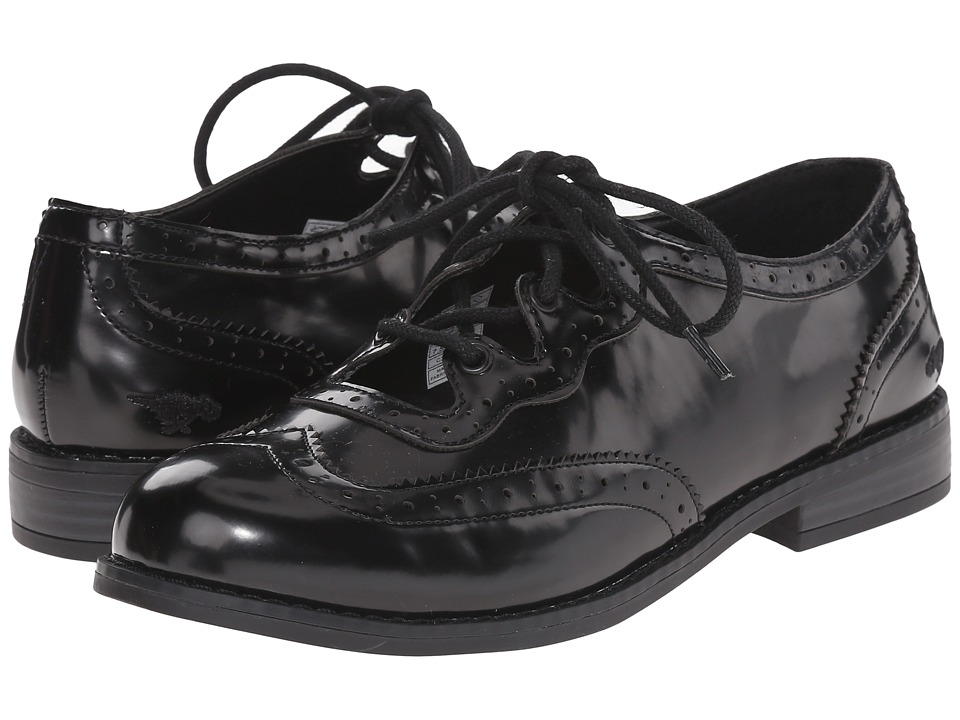

Versatile: Hoka shoes are available in a variety of styles and designs, including road shoes, trail shoes, and racing flats, so runners can find a shoe that suits their needs and preferences.Lightweight: Despite their thick midsoles, many Hoka shoes are surprisingly lightweight, which can make them feel more comfortable and natural to run in.Excellent cushioning: Hoka shoes are known for their thick and plush midsoles, which provide excellent shock absorption and can help reduce impact forces during running.A study published in 2021 found that runners who rated their shoes as more comfortable did not necessarily have better running economy or lower injury risk compared to runners who rated their shoes as less comfortable.īefore you lace up and start running through this HOKA shoes review, take a second to look over some pros and cons of the brand: Pros

The comfort of running shoes may not always be a reliable indicator of their effectiveness.A study published in 2021 found that maximalist shoes improved running economy and reduced impact forces compared to traditional running shoes. Maximalist running shoes, which have thick and cushioned soles, can improve running economy and biomechanics.A systematic review and meta-analysis published in 2021 found that lighter shoes were associated with improved running economy, meaning that runners used less energy to run at a given speed. The mass of running shoes can affect running economy.A systematic review and meta-analysis of randomized controlled trials published in 2021 found that higher heel heights can increase the risk of injuries, such as Achilles tendinopathy and plantar fasciitis, while lower heel heights can reduce the risk of injuries. Running shoe heel height can have a significant impact on biomechanics and injury risk.Recent research on running shoes has found several interesting and important findings.


 0 kommentar(er)
0 kommentar(er)
